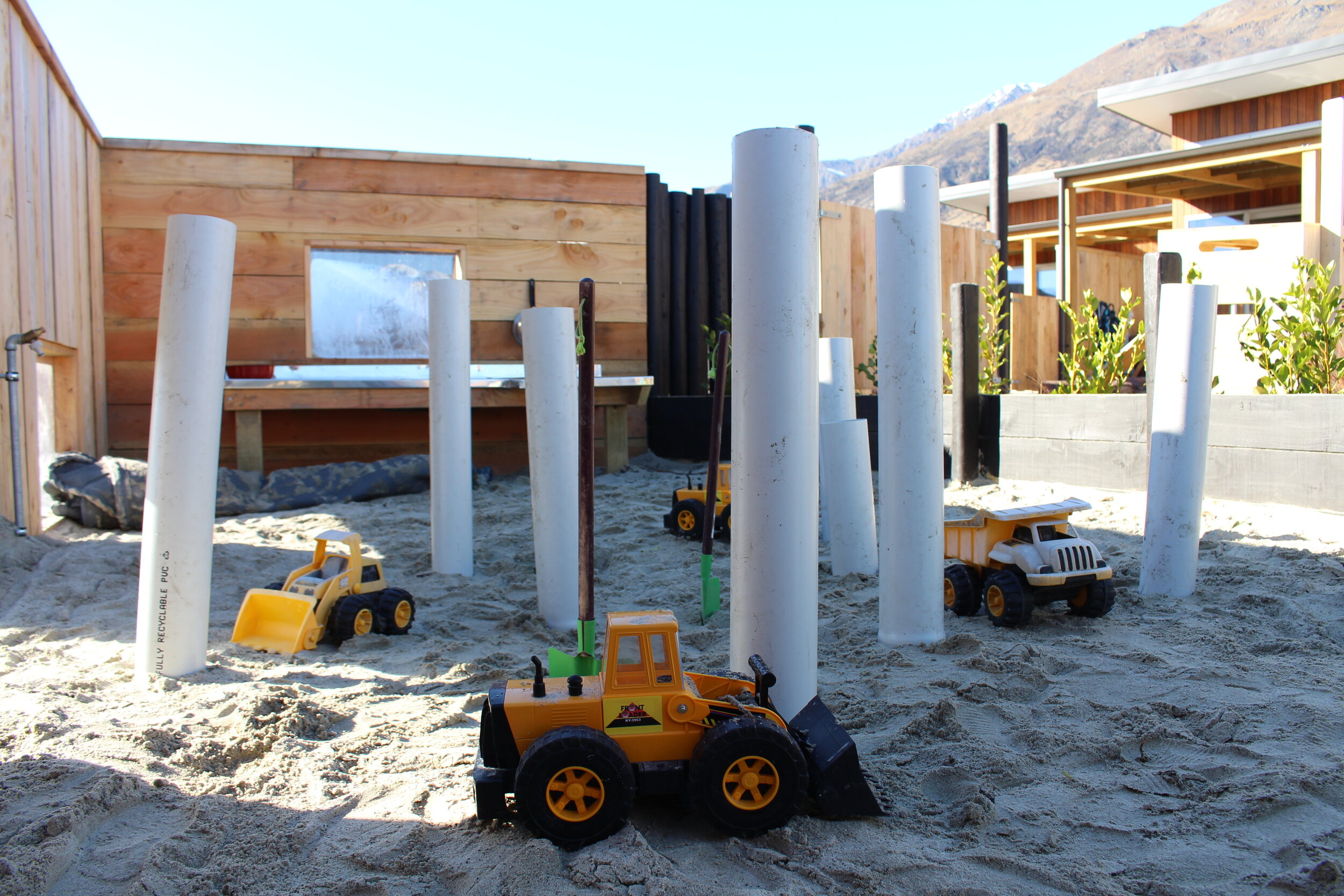Loose Parts Play - Avi Ortiz
What are the world's best toys?
They are not gadgets or ‘fancy toys’ but your everyday materials called loose parts.
Loose parts can include natural materials altered or, stacked, carried, moved or altered. Loose parts can include natural materials like sticks, stones, sand, leaves and water or recycled materials like cardboard boxes, rope, fabric, milk crates and lengths of pipes. They are materials with no specific set of directions that can be used alone or combined with other materials.
Why are they the world's best toys?
Children playing with loose parts are using more creativity and imagination and developing a wider range of skills and competence than they would playing with most modern plastic toys. Children are highly creative beings whose imaginations are in full swing during the early years. Providing an environment that is rich in loose parts, materials and everyday items sparks the imagination and creates many possibilities for children’s expression. A simple stick allows children to build, dismantle, bang together, re-purpose and more to make their ideas real in the world. Often other toys have a set purpose limiting a child's imagination and in turn the amount of time a child will play with a toy.
How to set up loose parts play in your own area?
1. Assess the space for loose parts play in your home. The size and type of space available will help you decide what materials to gather, and how to store and maintain them. Check the space for anything unexpected and make sure it has all hazards removed.
2. Gather loose parts. Make sure it can be used and reused in a different form without breaking or becoming hazardous to your child.
3. Storage and maintenance. Loose parts should be accessible physically and stored where they can be reached by children without having to ask you. The children should know that they can use them whenever and however they wish.
Children will tinker for hours with obscure objects, a tin of mixed shells and rocks, a box of empty jars and their lids, a pile of pebbles in the garden. Ask anyone and they’ll confirm the age-old cliché of the cardboard box attracting more attention than its contents. What each of these items has in common is a lack of restriction. With no prescribed method of play, items can be used entirely at the discretion of the child. Children can explore, create and imagine in all the senses of those words and assign their own purpose and meaning to the objects.






